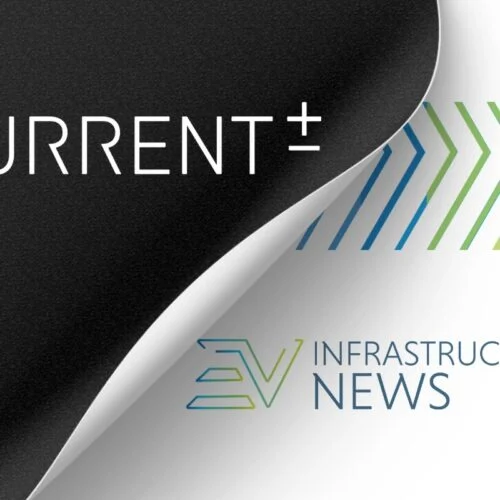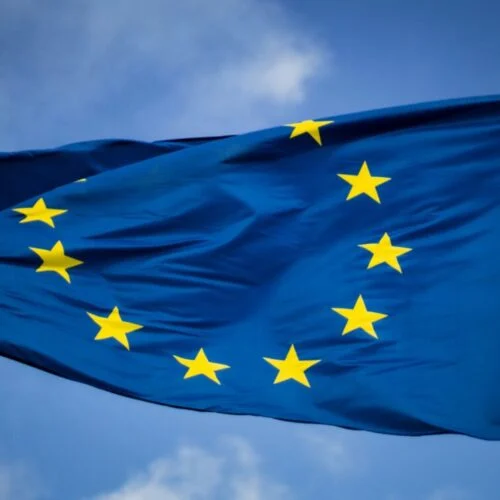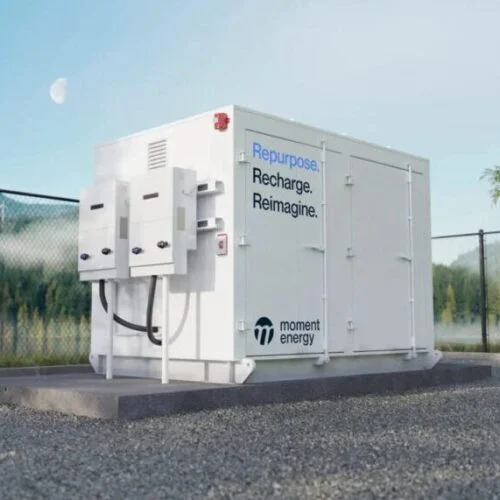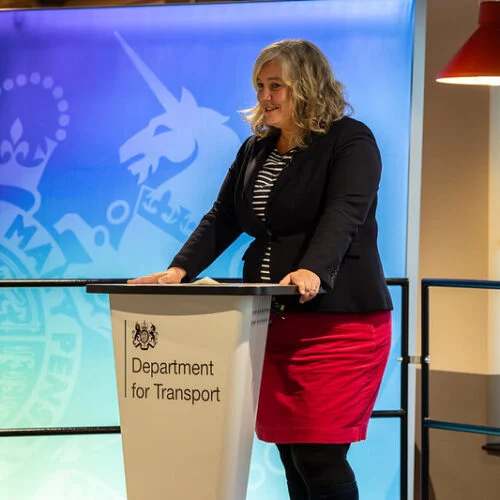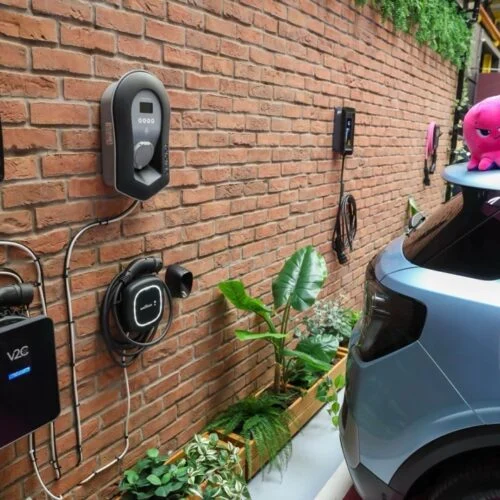Octopus Energy’s Kraken now orchestrates over 2GW of domestic power from EVs, home batteries and heat pumps, the company has announced.
The AI-powered operating system that automates charging to allow drivers to participate in initiatives such as Octopus Energy’s new domestic vehicle-to-grid (V2G) offer, or E.ON Next’s ResidentialFlex, is now one of the world’s largest residential virtual power plants (VPPs), according to Kraken.
The VPP flattens peak demand and supports the grid by automatically scheduling energy intensive activities, such as EV charging and home heating, at low-demand times. This also offers consumers access to cheaper energy tariffs.
Kraken has now connected to over 500,000 devices, managing 2GW of power, including EVs, heat pumps, solar panels, home batteries and smart thermostats. The platform claims to be saving consumers over US$200 million (£150 million) annually.
Through the Intelligent Octopus Go tariff, at least a cumulative 1GW of the assets managed by Kraken are EVs. Kraken also provides optimisation for large assets including grid-scale battery energy storage sites.
Wren White, Kraken’s general manager of residential flexibility, said: “We’re building an energy system that’s not only cleaner and smarter, but truly consumer-led. This is an energy transition with and for the consumers – empowering households to drive change, cut costs and support a more resilient grid, every day.”
EV power plants
Approaching EVs as a grid asset has become the norm, with it largely accepted that the technology can be considered a portable battery, providing grid services when not being used to power a vehicle.
In the US, VPP platform provider Leap has formed several partnerships to integrate EVs onto its platform; aiming to build the nation’s largest EV VPP, it partnered with ChargeScape to enable automakers to unlock the value of EVs as revenue-generating grid assets at scale. The partnership offers automated smart charging and bidirectional power export including V2G.
Leap also works with EV truck manufacturer Xos to onboard the latter’s mobile charger with integrated battery storage that Xos claims allows customers to upgrade to electric fleets without having to wait for costly and long lead-time grid upgrades.
The initial rollout of the collaboration is in California, where the truck chargers will be enrolled into the state’s Demand Side Grid Support (DSGS) demand response programme.
In the UK, Danish EV charging platform Monta has worked with smart energy company GridBeyond to integrate 2,000 EV chargepoints into the UK’s Static Firm Frequency Response (SFFR) programme.
Similarly, in Norway, Easee has plans to leverage its network of 4G-connected chargers for grid balancing, offering its network of over 850,000 connected chargers across Europe to provide grid balancing services on a national and regional level.

